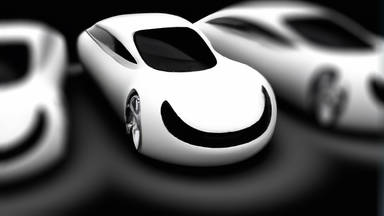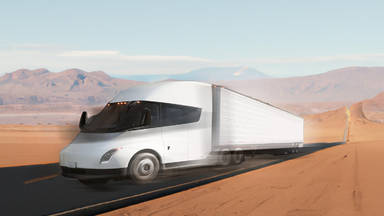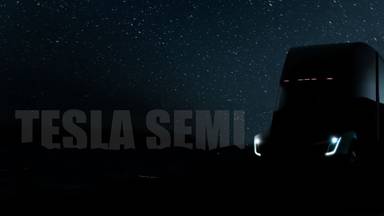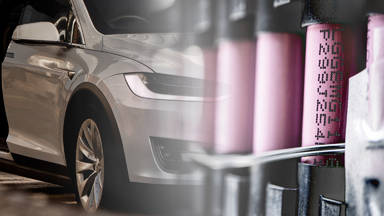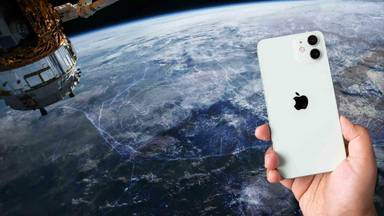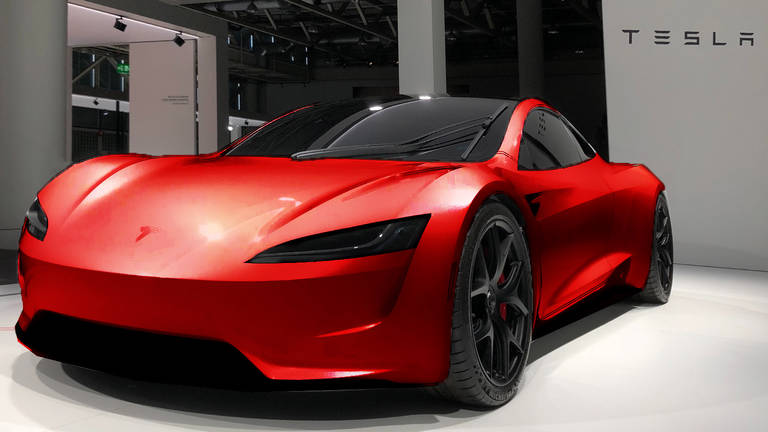
In 2017, the new Tesla Roadster was announced at a starting price of $200,000 with a 0-to-60 of 1.9 seconds, a top speed of 250 MPH, and a range of 620 miles. The first Roadster was to be delivered in 2020 which did not happen. Actually, it looks like Tesla's Roadster will not hit the road until at least 2023. But what is the reason?
Looking at Tesla Roadster's delays timeline is not much exciting. The timeline is mostly comprised of lack of updates from Tesla, and then delaying the production just before it was supposed to enter the market. The last update we got was in January 2021, when Elon Musk tweeted that: By the end of 2021, Engineering would be done and Production would begin in 2022.
What is the big hold up?
Looking at those prototyping models hitting all the numbers promised years ago, the biggest unexpected hurdle they faced was probably a near-death experience. By the time Tesla Roadster was initially announced, Model 3 was finally hitting the market. In July 2017, the first 30 Model 3 Series cars were delivered and Tesla had a small event in Celebrate. Ironically, there was not much to Celebrate as Elon Musk and Tesla employees knew that increasing Model 3 production would be a nightmare.
The first 30 Model 3 vehicles were hand-built and Tesla's massive automated assembly line was not yet in use. Tesla knew that accelerating automated-production would be somewhat difficult, but they did not expect it to almost wipe them out.
Tesla spent over $1 billion to build The Gigafactory, but the factory seemed imperfect and unsatisfactory. Hundreds of "low-performance" staff were fired and the rest were pushed hard to hit production numbers. Even with this intense pressure, Tesla was far from the goal of producing 5,000 cars per week.
Every week, Tesla was not hitting production numbers, it was burning a lot of money, and at one point, Tesla was only weeks away from its death. The business would eventually find out, and the answer was simply to use less automation. But reaching production figures was only their first concern.
After the cars were made, they actually had to be delivered, and the problem was, every delivery was built to order. In general, when you buy a car, you just have to go to the nearest dealership and choose a car from their lot. But with Tesla, everyone builds and customizes their car online. There are only a limited number of options, but given the relatively small volume of cars Tesla was building, it was particularly difficult to come up with an effective delivery plan that resulted in an even greater loss. Considering this massive disaster that Tesla went through, it is not hard to see why the Roadster would be the last thing on their list.
It should be noted that even if Tesla had not had a Model 3 production nightmare, the Roadster would still be the last priority. Because the roadster is targeting a niche market and Tesla is unlikely to cross the six and maybe even the five figures in terms of sales. Therefore, it does not make sense for them to put so much effort into Roadster. This is especially true as Tesla still has a lot of room for growth within its core business itself.
Last year, they started production of the Model Y and looking forward, they are going to manufacture electric trucks by the end of this year. What's more, The Austin Gigafactory, where the Cybertruck is supposed to be produced, is itself still under construction.
From the original Roadster, Tesla has focused on growing interest by showing how great and cool electric cars can be. In the early 2000s, electric cars were seen as slow, boring, and unreliable. Tesla created the original Roadster to disprove this idea.
Using the profits generated by the sports car, Tesla created the luxury Model S, Model X and backed by the profits from luxury models, Tesla created the regular person's Model 3 and Model Y. But at this stage, it is no longer necessary to generate buzz for electric vehicles, especially for Tesla. Right now, Tesla has a supply problem rather than a demand problem because it has a lot more demand than it can handle. Tesla was not really expecting it. Sure, they expected Model 3 and Model Y to sell better than any previous model, but the massive wave of hype after the Cybertruck announcement throughout 2020 was unprecedented. Thus, there is no need to rush to bring the Roadster to the market.
When will the car actually come out?
During his Q2 2020 earnings call, Elon Musk suggested that the car be built at the Fremont factory in California. The Fremont plant is Tesla's main production facility at the moment, so it is unlikely that Tesla would want to dedicate Fremont's production capacity to the Roadster at the moment. Fortunately, the next Gigafactories in Berlin and Austin are expected to be completed by the end of 2021. If so, they should be able to increase production throughout the first half of 2022, which will greatly relieve the pressure on the factory. Then, Tesla could start producing the Roadster at its Fremont factory. which means that the first deliveries would take place not earlier than the second half of 2022.
